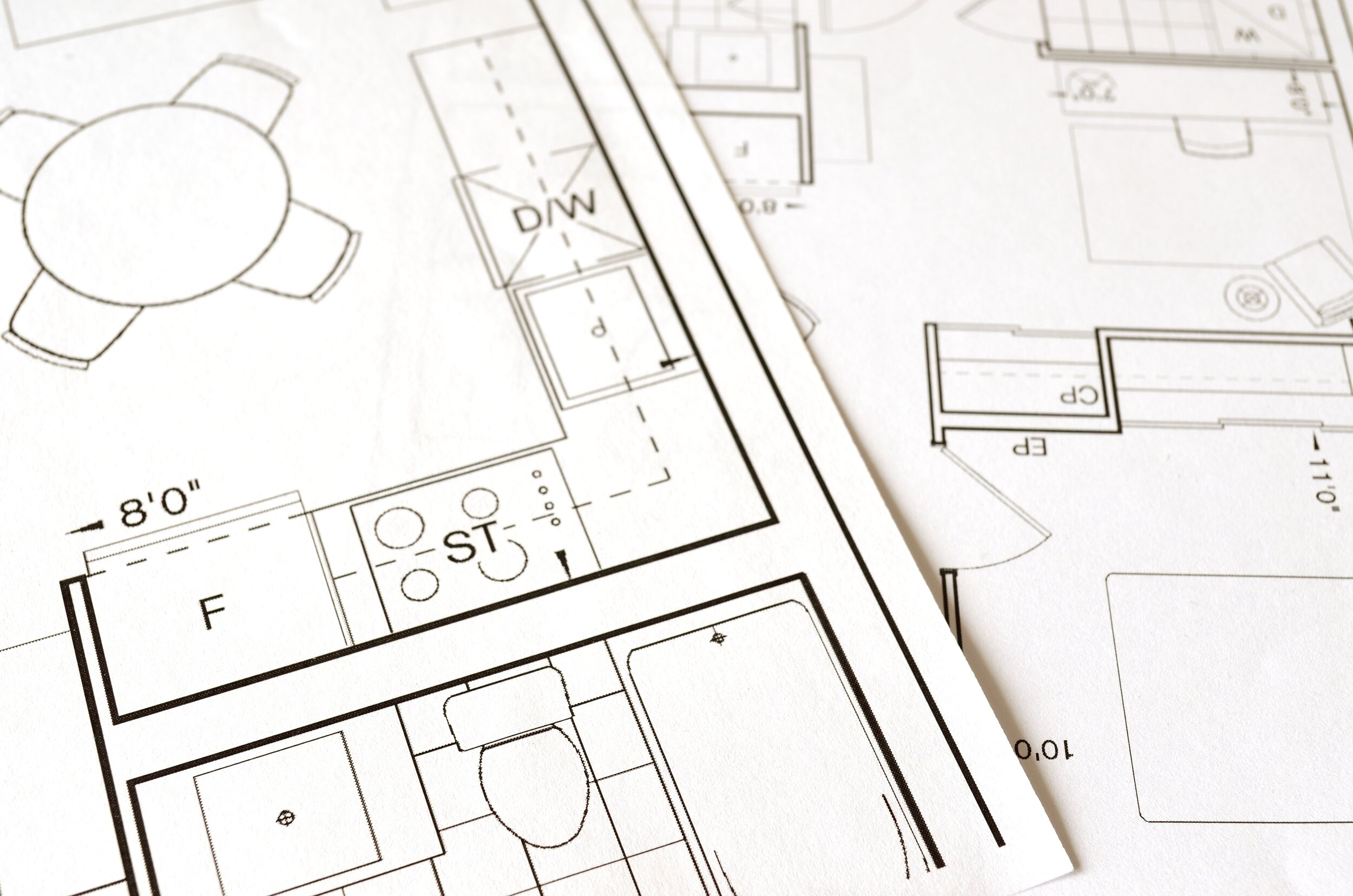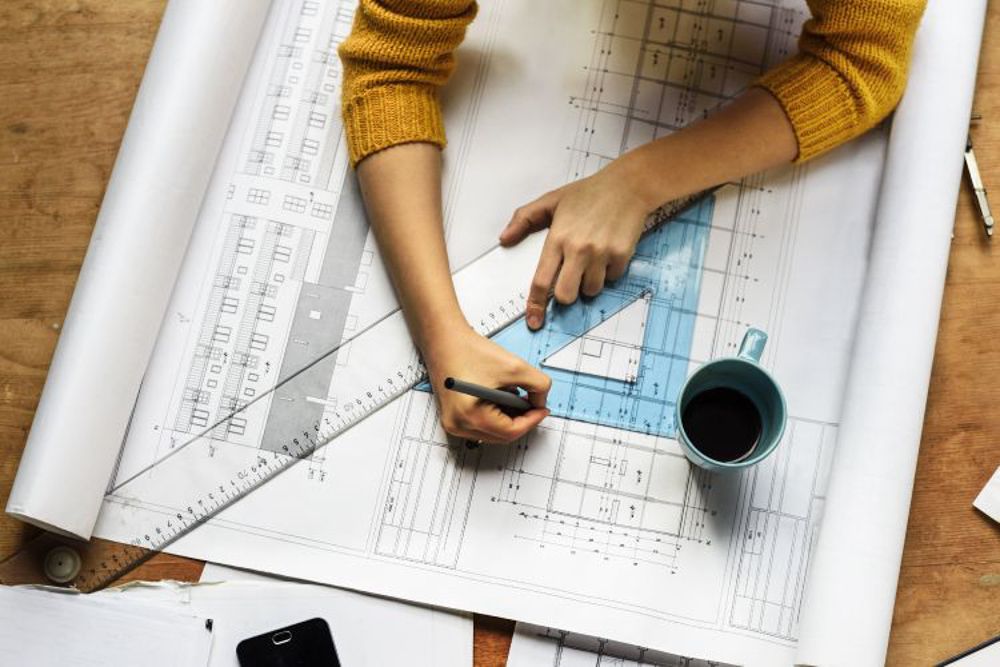Gorgeous Countryside Interior Styling for Nature-Inspired Living
Gorgeous Countryside Interior Styling for Nature-Inspired Living
Blog Article
The Art of Balance: Exactly How Interior Design and Home Architect Collaborate for Stunning Outcomes
In the realm of home layout, striking a balance between visual appeals and capability is no little accomplishment. This delicate equilibrium is attained with the harmonious partnership in between interior developers and architects, each bringing their distinct proficiency to the table. Remain with us as we discover the details of this joint procedure and its transformative influence on home design.
Comprehending the Core Distinctions In Between Inside Design and Home Design
While both Interior Design and home style play vital roles in creating visually pleasing and useful rooms, they are inherently different self-controls. Home architecture mainly concentrates on the structural aspects of the home, such as building codes, security policies, and the physical construction of the space. It handles the 'bones' of the structure, collaborating with spatial measurements, bearing walls, and roofing system styles. On the other hand, Interior Design is much more concerned with boosting the aesthetic and sensory experience within that framework. It entails picking and organizing furnishings, picking shade systems, and including ornamental aspects. While they operate in tandem, their duties, obligations, and areas of knowledge deviate considerably in the creation of a harmonious home environment.
The Harmony In Between Home Style and Inside Layout
The harmony between home architecture and Interior Design hinges on a common vision of style and the enhancement of functional looks. When these two areas straighten sympathetically, they can change a home from regular to phenomenal. This partnership calls for a much deeper understanding of each discipline's principles and the ability to create a natural, visually pleasing setting.
Unifying Layout Vision
Combining the vision for home style and Interior Design can develop a harmonious home that is both practical and aesthetically pleasing. The equilibrium starts with an integrated frame of mind; engineers and interior developers team up, each bringing their proficiency. This unison of ideas develops the layout vision, a blueprint that overviews the job. This common vision is vital for consistency throughout the home, ensuring a liquid change from exterior architecture to interior rooms. It advertises a collaborating strategy where architectural elements complement Interior Design components and vice versa. The outcome is a cohesive home that shows the homeowner's lifestyle, individuality, and taste. Therefore, unifying the style vision is vital in blending style and Interior Design for spectacular results.
Enhancing Useful Aesthetics
Just how does the synergy in between home architecture and Interior Design boost practical aesthetic appeals? This harmony makes it possible for the creation of spaces that are not only aesthetically enticing but additionally easily useful. Designers lay the groundwork with their structural design, guaranteeing that the space is effective and practical. The indoor designer then enhances this with meticulously selected aspects that improve the aesthetic appeals without jeopardizing the functionality. This harmonious collaboration can lead to homes that are both attractive and livable. As an example, an architect may develop a home with high ceilings and large windows. The indoor designer can then emphasize these functions with high plants and sheer drapes, specifically, hence boosting the aesthetic charm while preserving the sensible advantages of natural light and space.
Value of Collaboration in Creating Balanced Spaces
The partnership between indoor developers and designers is essential in developing balanced rooms. It brings harmony between style and design, bring to life areas that are not just aesthetically pleasing but likewise practical. Exploring successful joint techniques can offer insights right into just how this synergy can be successfully achieved.
Integrating Design and Style
Equilibrium, an important element of both indoor style and design, can just genuinely be attained when these 2 areas job in harmony. This collaborative process results in a natural, well balanced layout where every component has he has a good point a purpose and adds to the general aesthetic. Integrating design and architecture is not just regarding developing gorgeous rooms, but about crafting spaces that function perfectly for their inhabitants.
Effective Collaborative Methods

Case Studies: Successful Assimilation of Design and Design
Checking out several case researches, it comes to be evident just how the successful assimilation of Interior Design and architecture can change a room. The Glass House in Connecticut, renowned for its minimalistic style, is one such example. Engineer Philip Johnson and interior developer Mies van der Rohe collaborated to develop a harmonious balance in between the structure and the inside, causing a seamless circulation from the outside landscape to the inner living quarters. One more prototype is the Fallingwater House in Pennsylvania. Engineer Frank Lloyd Wright and interior designer Edgar Kaufmann Jr.'s joint initiatives result in an amazingly unique home that mixes with its natural environments. These instance studies highlight the extensive influence of a successful design and design cooperation.

Getting Over Difficulties in Style and Design Collaboration
Regardless of the undeniable benefits of an effective cooperation in between Interior Design and architecture, it is not without its obstacles. Communication concerns can occur, as both events may make use of different terms, understandings, and approaches in their job. This can lead to misunderstandings and hold-ups in project conclusion. Another major obstacle is the balancing act of appearances and functionality. Engineers might dig this prioritize architectural honesty and safety, while developers concentrate on comfort and style. The combination of these purposes can be complex. Furthermore, spending plan and timeline constraints commonly include stress, potentially triggering breaks in the cooperation. Efficient interaction, common understanding, and concession are crucial to conquer these difficulties and accomplish a unified and effective partnership.

Future Fads: The Progressing Relationship Between Home Architects and Inside Designers
As the world of home layout remains to progress, so does the relationship between engineers and interior designers. The fad leans towards a much more incorporated and collaborative method, damaging without conventional functions. Engineers are no more solely concentrated on architectural honesty, but also participate in boosting aesthetic allure - Winchester architect. Alternatively, indoor designers are embracing technical elements, influencing total layout and performance. This evolving symbiosis is driven by innovations in technology and the growing demand for spaces that are not only visually pleasing however likewise sensible and lasting. The future promises a more cohesive, innovative, and adaptive approach to home design, as developers and engineers remain to obscure the lines, cultivating a partnership that absolutely personifies the art of equilibrium.
Conclusion
The art of balance in home layout is accomplished through the unified partnership between indoor designers and architects. An understanding of each various other's self-controls, effective interaction, and shared vision are vital in producing visually stunning, useful, and inviting rooms. Regardless of difficulties, this collaboration promotes growth and technology in style. As the relationship in between home architects and indoor designers evolves, it will certainly remain to form future trends, improving comfort, effectiveness, and individual expression in our home.
While both interior style and home architecture play vital roles in producing cosmetically pleasing and functional areas, they are naturally different self-controls.The synergy in between home architecture and interior layout lies in a shared vision of layout and the enhancement of practical aesthetic appeals.Unifying the vision for home design and indoor design can create an unified living room that is both functional and visually pleasing. Therefore, unifying the layout vision is essential in mixing style and indoor design for spectacular outcomes.
Just how does the synergy between home design and indoor style boost functional aesthetic appeals? (Winchester architect)
Report this page